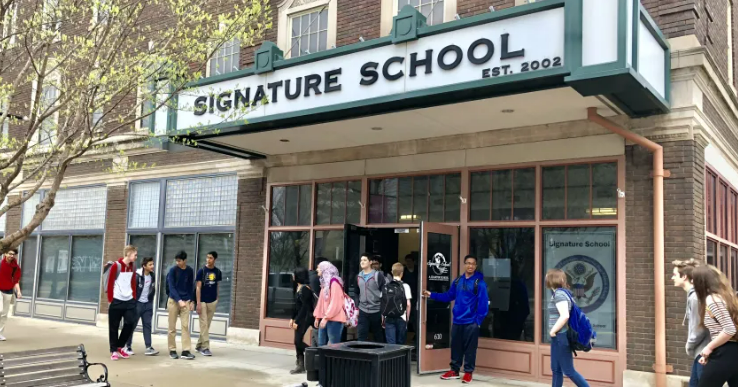
Editor’s note: This commentary appeared Friday on edpost.com.
It’s time for charter school adversaries to wake up and realize they’re fighting an incredible chance to foster diversity in education in a way that promotes the liberty of individual students and families, regardless of their class, their race, or their creed.
While charter schools receive public funds just like traditional public schools, they differ in their ability to create a school culture free of many government regulations, provided they meet specific high standards developed in their charter agreement. This partnership between independent charter school operators and the state can create distinct learning environments for children who have various needs that a traditional public school cannot meet.
For example, the diverse approaches in charter schools can range from stem-emphasized classroom curriculums to classrooms that are friendly to LGBTQ students.
But, instead of being praised for their innovative nature, charter schools are consistently under attack for their unorthodox approaches to providing solutions for students that threaten the status quo. These attacks are foolish long-term.
Charter schools are flexible—it’s their most valuable characteristic. For example, look no further than their response to the pandemic. For instance, in Oregon, at the beginning of the pandemic, when COVID’s effects were primarily unknown, Gov. Kate Brown suspended in-person classes.
Brown’s announcement forced schools to transition to an online curriculum. The traditional in-person public schools were initially ill-equipped to teach students online—their teachers had never done so before and their curriculum was designed for in-person schooling.
To continue reading, click here.


